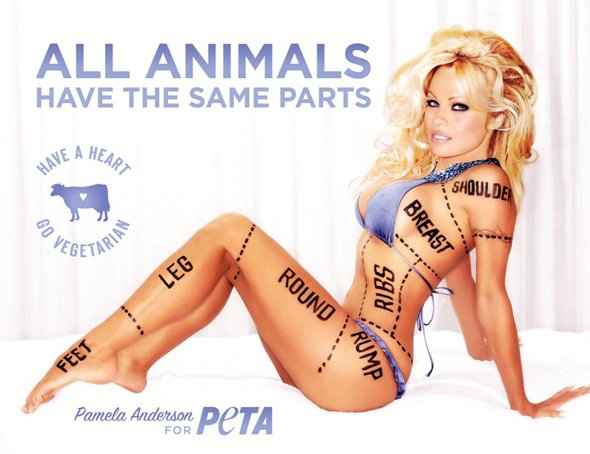"Love is a Fallacy"
This week's discussion is different; it's more of a share week than a discussion. You are not even required to respond to other posts, though you certainly may.
Read through the assignment below carefully; there are several parts and restrictions. If you miss part of the assignment or use unacceptable ads, then you will not earn full points.
Note about putting the assignment on Etudes: You can easily copy/paste the ads onto Etudes and then write about them (and then write your own examples), but there is a bit of a trick. First, find the ads you want to write about on the Web (that will certainly not be hard); second, put your cursor over the ad/image and right click/COPY; third, open the New Topic area in Discussion 3, put your cursor in the message area, and paste by holding down CTRL-V (at the same time). Then write about them. If you wish to use YouTube ads (rather than static print ads), you may, but you would then want to EMBED them on the message area of Etudes (there is an embed button, and you can copy the embed information on YouTube) or provide a link to the clip.
If the class cannot see the ads, you will not get full credit; we all want to see how the ads use the fallacies.
We've looked at what constitutes evidence, and you've read about fallacies in both Rules for Writers and "Love is a Fallacy." Now you are going on a fallacy hunt. This is actually very easy since you can search the internet for some of your examples. You are going to be posting links (or attaching files) to your discussion this week as well as writing about fallacies. Here's what you'll do:
IMPORTANT NOTE: for this assignment the examples must be new, within the past few years. I know there are many websites with old ads showing people like Marilyn Monroe smoking; I also know those sites explain these fallacies for you. I want you do be able to demonstrate your own thinking, and I want you to show the relevance of this assignment by showing current examples. If you submit old ads, you will not earn credit for the first 12 points of this exercise.
(6 points) find two print fallacies or advertisement fallacies and copy them into the Discussion area on Etudes (explained above).
(6 points) explain at least one fallacy being used in each of your examples
(8 points) write two sentences of your own which contain fallacies and explain what the fallacy included in each sentence is
Here are a couple of examples that should give you the idea of what we are doing (be sure to ask if you are unsure):

This image, part of the PETA campaign, has a number of fallacies: 1) it is using sex appeal to sell its position; 2) it is using a testimonial (Pamela Anderson is a celebrity) to encourage people to identify with the position; 3) it is makeing a false analogy (here humans are being compared to cattle or sheep or pigs); 4) it is overly general (not all animals have the same parts; people and horses, for example, do not have mandibles or claws or antennae).

Another PETA ad uses 1) emotionallly-charged words ("child abuse"); 2) it over-generalizes (assuming that all obesity is caused by eating meat and that all meat eaters will become obese); the third falsity (not the same as fallacy) in this ad is the camera distortion that shows the hamburger roughly as large as the young man's head and gives the man huge jowls).
Now here are a couple of sentences (made up by the student) with explanations:
Of course I failed the exam; a black cat crossed my path this morning. This is post hoc fallacy; there is no logical cause/effect between black cats and failing tests; it's the superstition fallacy.
Nobody in his right mind likes country music. Not only does this over generalize (there are many country music fans), but this opinion (and it's merely an opinion statement) uses charged language (calling people who disagree with the writer's tastes insane).